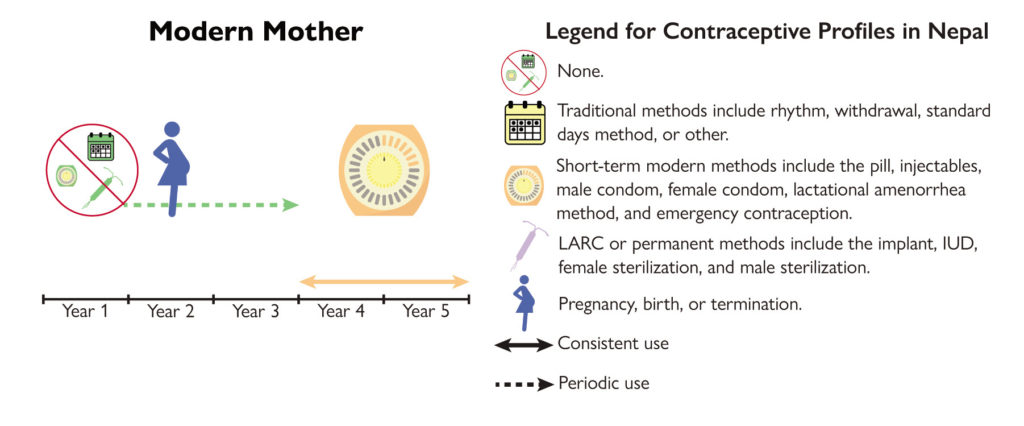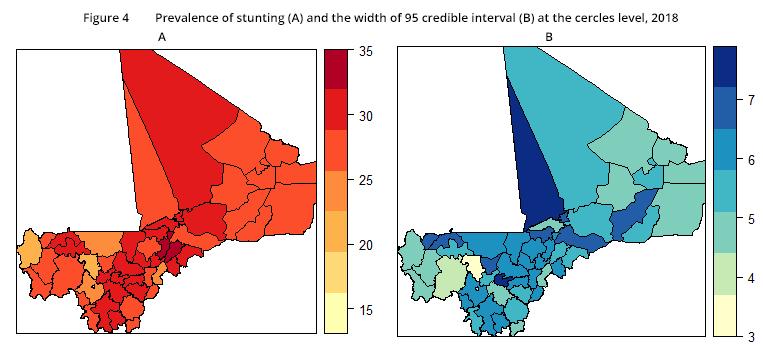DHS Program Analysis Updates: Summer 2020

The DHS Program’s analysis team uses DHS data to explore topics related to global health, demography, and social epidemiology. Since our last update, the analysis team has used DHS data to explore the following questions:
- What insights into women’s contraceptive and pregnancy experiences can be gained by examining DHS contraceptive calendars? DHS Analytical Study, Women’s Contraceptive Profiles throughout the Life Course in Burundi and Nepal applies sequence and cluster analysis of DHS contraceptive calendar data to identify and visualize profiles of women’s reproductive journeys.

- How have the sexual and reproductive health behaviors among young women age 15-24 in the Philippines changed over time? From 2008-2017, women’s correct knowledge of their fertile period decreased. Regions with relatively high levels of unions and fertility, but relatively low levels of contraceptive use and demand satisfied are identified in Trends of Sexual and Reproductive Health Behaviors among Youth in the Philippines.
- A series of Further Analysis reports uses DHS data to shed light on women’s empowerment in Pakistan:
- Which factors determine whether women who visit health facilities in Haiti receive quality family planning counseling? According to the 2017-18 Haiti Service Provision Assessment (SPA), only 27% of clients who were prescribed an injectable or pill received quality family planning counseling. Examining the Quality of Family Planning Counseling through the 2017-18 Haiti Service Provision Assessment Survey suggests potential provider bias based on the client’s education, as women with more education were less likely to receive quality counseling.
- What should researchers consider when triangulating DHS data with routine facility data from health management information systems (HMIS)? DHS Occasional Paper Using Health Management Information Systems Data to Contextualize Survey-based Estimates of Fertility, Mortality, and Wasting recommends using multiple indicators from HMIS data to help understand trends rather than to validate point estimates. The paper also recommends assessing data quality, limitations, and biases of different data sources used.
- Which factors influence early initiation of breastfeeding? Exploring DHS data from 31 countries with DHS surveys since 2015, Initiation of Breastfeeding in Low- and Middle-Income Countries: A Time-to-Event Analysis finds that the mean and median time to initiation of breastfeeding by hour is much greater for births delivered by Cesarean section, compared with births delivered vaginally. Immediate skin-to-skin contact and higher parity are significantly associated with shorter time to initiation.
- A series of Further Analysis reports uses DHS data from surveys in Mali:

Follow The DHS Program on Twitter and Facebook for updates when new analysis publications are published later this summer!
Featured image: © 2014 Froi Rivera, Courtesy of Photoshare

